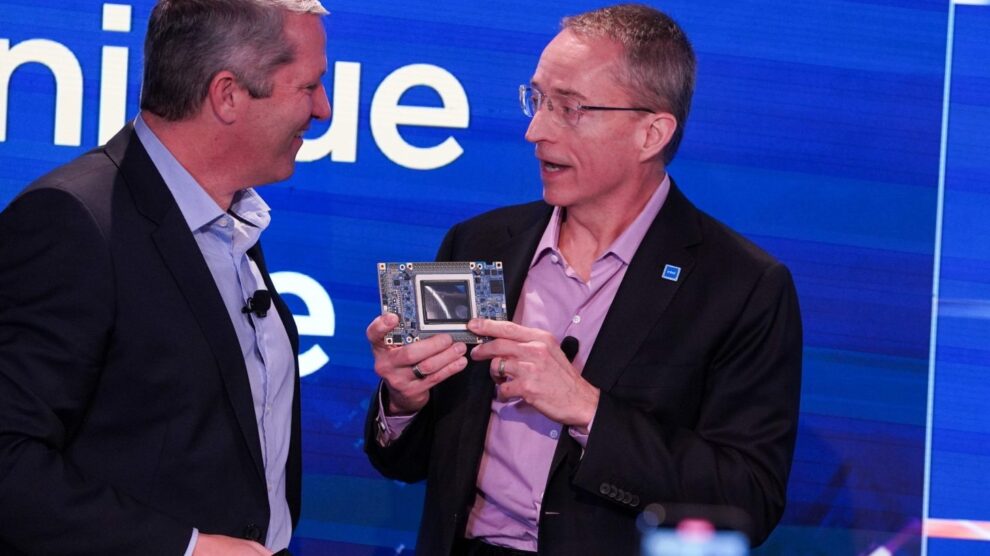Get ready, AI enthusiasts, because the silicon showdown of the century is on the horizon! Intel has thrown down the gauntlet with its Gaudi 3 AI accelerator, built on the cutting-edge TSMC 5nm node and promising to dethrone the reigning champion – Nvidia’s H100. But is this just a valiant challenger or a true AI juggernaut ready to redefine the game? Let’s dive into the specs and see if Intel can claim the AI crown.
Gaudi 3: Packing a Punch on 5nm:
Intel isn’t playing coy. The Gaudi 3 boasts some impressive muscle:
- TSMC 5nm process: This cutting-edge chipmaking technology promises significant performance and efficiency gains compared to the 7nm H100.
- 1.5x faster than Gaudi 2: Intel claims their latest offering delivers a 50% boost in compute performance and a 4x increase in BFloat16 performance over its predecessor.
- Twice the memory: With 144GB of HBM3 or HBM3e, the Gaudi 3 doubles the memory capacity of the H100, paving the way for handling larger and more complex datasets.
Remember:
- Intel’s Gaudi 3 AI accelerator is built on the TSMC 5nm node and promises significant performance gains.
- It boasts 1.5x faster performance than its predecessor and double the memory capacity compared to the Nvidia H100.
- While the H100 remains a formidable competitor, the Gaudi 3’s 5nm advantage and performance improvements make it a serious contender.
- The real battle will be fought on the AI battlefield, focusing on real-world performance, workload versatility, and software ecosystem.
- Whether Gaudi 3 takes the crown or not, this AI accelerator race is driving innovation and pushing the boundaries of what’s possible.
So, get ready for the next chapter in the AI revolution, where silicon speed and software savvy will determine the future of artificial intelligence. The future is intelligent, and the battle for supremacy is just beginning!
Architectural Upgrades Powering Next-Gen AI
Intel optimized Gaudi 3 through cutting-edge hardware and software:
Advanced Numerical Formats
BFLOAT16 and INT8 boost deep learning training and inference speed, accuracy, efficiency.
Unified Architecture
Streamlined chip foundation consolidating previously disparate compute subsystems.
OneAPI Support
Common development tools smooth cross-architecture software migrations between accelerators.
Advanced Memory Subsystem
Third generation high-bandwidth memory doubles capacity while reducing latency.
Coherent Connectivity
Leveraging CXL coherence lowers programming complexity for attaching diverse specialty accelerators.
Gaudi 3 Implications Across Industries
Intel’s latest accelerator supports emerging high-impact AI use cases including:
Personalized Healthcare
Patient genome analysis spotting disease risks early plus tailored treatment recommendations.
Optimized Networks
Complex simulations testing edge infrastructure upgrades before physical deployment.
Immersive Interfaces
Real-time multi-modal sensory coordination between AR/VR devices and environments.
Autonomous Mobility
Training robust models managing countless edge cases across settings from warehouses to city streets.
Responsible Innovation
Techniques like federated learning and confidential computing embedded directly into model building.
The Road Ahead: AI for the People
As AI permeates society, sustained progress demands technology both perform and persuade for broad acceptance. Through collaborative codes of ethics, diversely-skilled policymaking and democratized participation, innovation can responsibly scale serving people not replacing them. If guided by multifaceted wisdom AI directives manifest, a future unfolds where both processors and perspectives lift communities together.










Add Comment